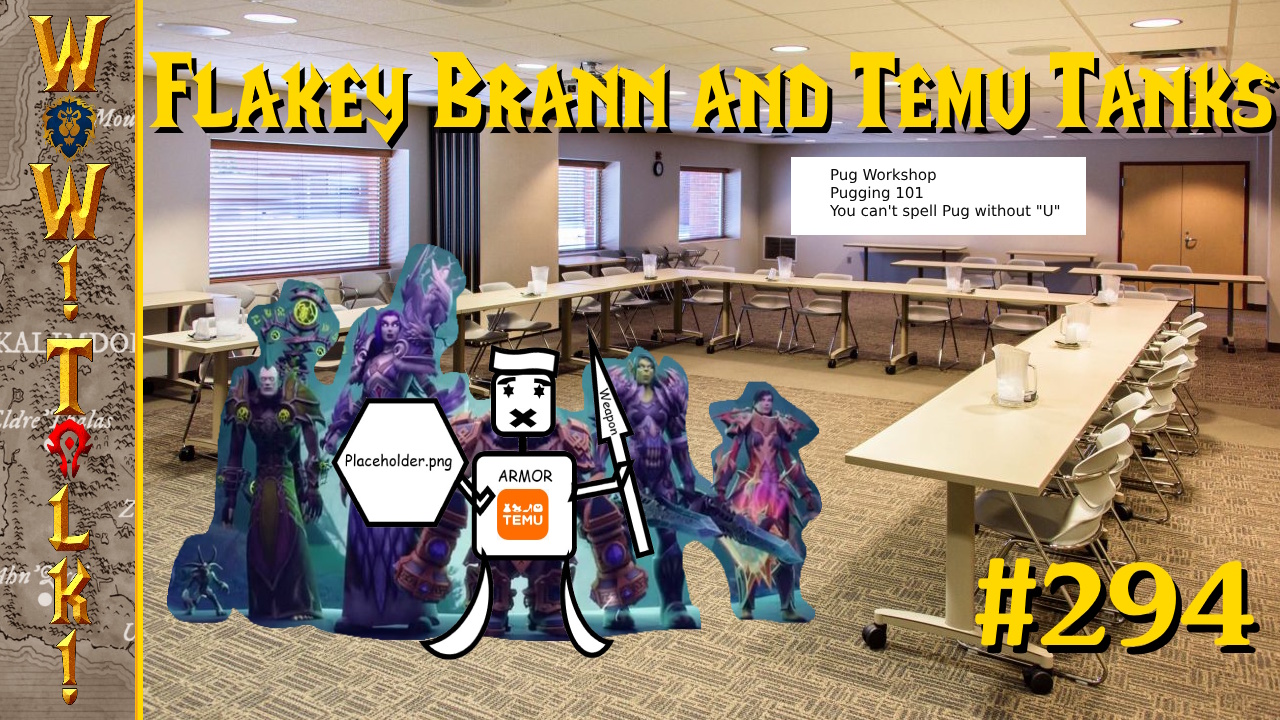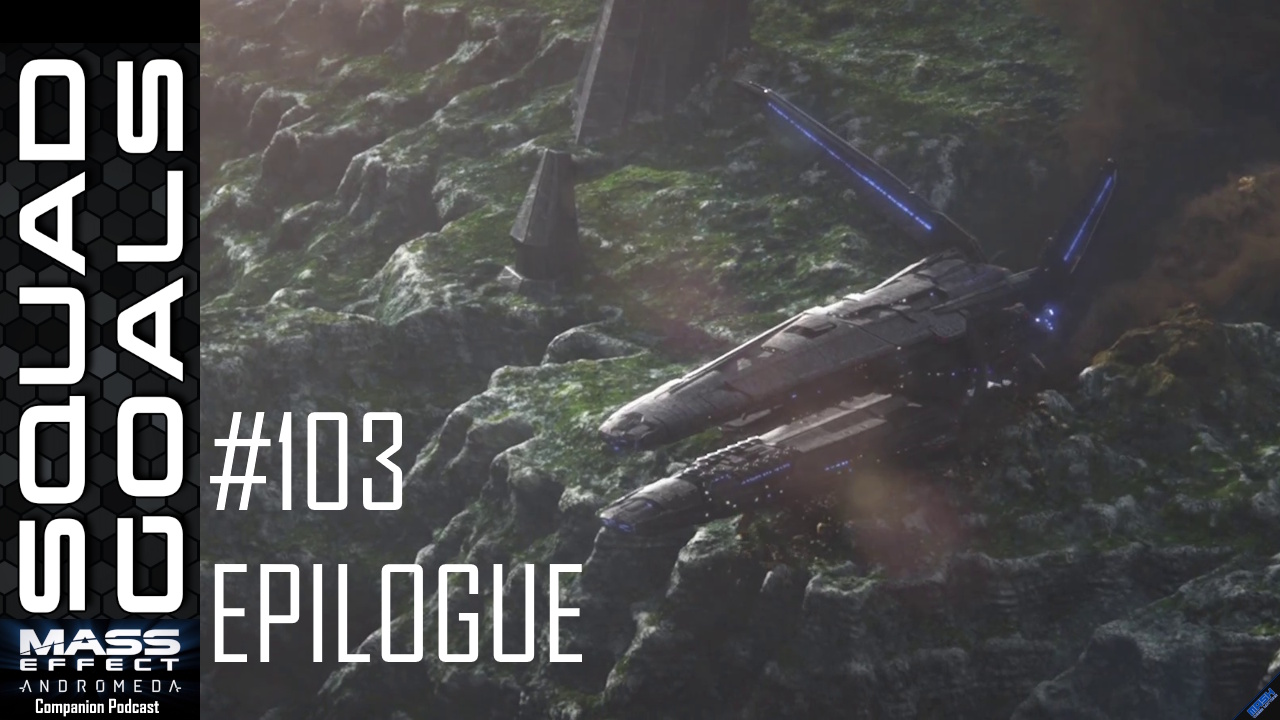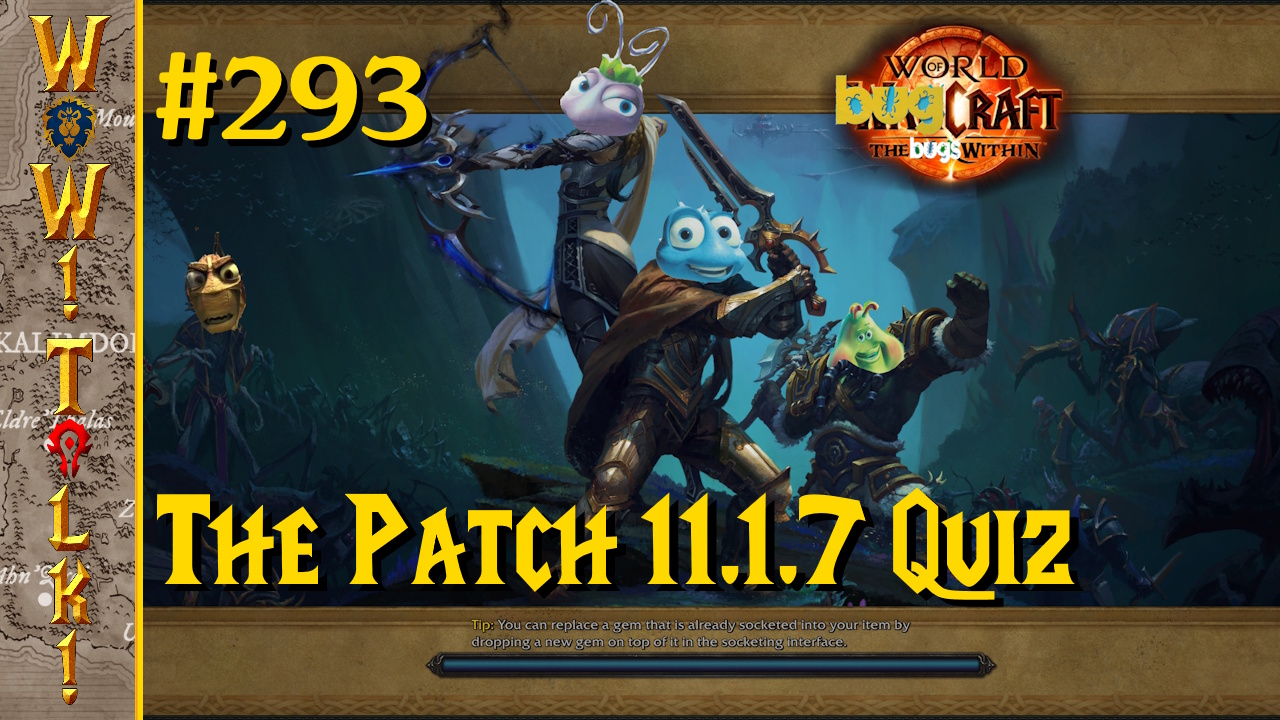
The level of hype was intense when F.E.A.R 3 was first released on June 21, 2011. I, like many series fans, was truly looking forward to seeing how the third and final installment of F.E.A.R. brought things to a close. While the title definitely falls short of my expectations, it’s still an interesting and challenging game regardless.
F.E.A.R. 3, developed by Day 1 Studios, is set after the events of F.E.A.R. and F.E.A.R. 2. Players take control of Point Man — the protagonist from the original game — as he continues to deal with his horrific, spectral-psychic mother Alma, and the events set up by the previous outing. Those who remember F.E.A.R. 2’s cryptic ending should be immediately familiar with Alma’s pregnancy and the all-too-immediate end of the world. If that setup wasn’t troublesome enough, Point Man is now being accompanied and harassed by his mentally twisted brother, Paxton Fettel; who also happens to be a psychic himself. Yes, he’s the bad guy you shot in the head in the initial game. Fettel’s now spectral state tends to be an issue of annoyance; although it hasn’t made him any less dangerous.
The gameplay of F.E.A.R. 3 is reminiscent of that in the first two entries in the series; however, entirely new features like a ranking scoreboard have been tossed into the pot. After completing every chapter of the game, players are presented with an overview of different challenges achieved and the total points obtained from each. You are also ranked by level, which determines what abilities are unlocked once you advance to the next rank, e.g., increase in slo-mo, or a weapon’s clip size. The challenges are achieved in numerous ways, such as collecting hidden Alma dolls, killing enemies a particular amount of times through a weapon or melee, locating dead soldiers — which will grant you a “solo psychic link” increase that surrounds you with a hazy white glow — and so forth.
In this third installment, Day 1 has removed the ability for the player to carry more than two weapons — perhaps to add a level of complexity to the game. F.E.A.R. 3 also eliminates the usage of health packs and shields, which is an attempt to maintain an increased level of realism within the gameplay. The removal of these items, as an observation, has in actuality reduced the need to search for them when needed, and it ends up encouraging the simple and somewhat silly strategy of hiding behind a wall or crate to recover your health. You are also given the ability to take cover behind objects such as walls and crates, as well as being able to switch hiding spots to objects nearest to your current position. Another fresh element adds some some superficial replay value by letting you replay chapters as Paxton Fettel once you complete each of them.

Traditional single player aside, the game also offers three different co-op modes: network co-op, single player co-op — which is a bit of a misnomer — and host co-op. The network co-op allows the player to connect to the internet to play with other people; host co-op lets the player set up a session within their local network and play with a friend. Lastly, the single player co-op will have a second local player join into the session. This being a modern FPS, there are also competitive multiplayer modes in which players can put their skills to the test by jumping online and competing against each other.
Unfortunately, there are also some particularly frustrating moments within the game that drag down the experience. One that sticks out is the introduction of the Phase Caster. This humanoid was created by Armacham and it wears a blue glass-like shield and carries a plasma weapon. He has the nasty ability to spawn soldiers to send after you when it pleases him, and these bad boys will send you plummeting straight into hell. At the same time, you’ll have to deal with his direct, brute force attacks. Occasionally, you’ll be pounced upon by two Phase Casters, making it more difficult to defeat with just direct shooting. Expect to put all of your skill and strategies to work if you want to overcome these aggravating baddies. The Replica soldiers are also sometimes frustrating encounters, as they seem to appear out of nowhere immediately after you have defeated an entire squad. This theme also carried over the game’s final boss, who somehow manages to be frustrating despite being a real pushover; the worst of both sides of the difficulty curve.
The controls of F.E.A.R. 3 are similar to that of the previous two games. In a move that all FPSs should take note of, you are also able to configure the control mapping to best suit your personal preferences. This equates to a level of adaptability that is high enough that those unaccustomed to the franchise can tinker around to their heart’s content; eventually, virtually everyone will land on settings that feel comfortable.
Though not as impressive today as the previous two titles’ visuals were in their day, the graphics presented in F.E.A.R. 3 are decent enough to offer brief moments of surprise. However, the original style that was utilized so well in laying out the shock and horror which made the series famous is not as strong here. Admittedly, however, the design of the A.I. and the surrounding environments are well-detailed and do give a powerful sense of destruction and of being in an empty void, and the developer’s passion to create a compelling world overrides the shortcomings.

The soundtrack used in the game recalls that of both F.E.A.R. and F.E.A.R. 2. The developers implemented the sound in a way that best suits each level, keeping the player hooked to the gameplay. The sound effects are also pitch perfect. My only gripe is is that the soundtrack is easily forgettable.
F.E.A.R.3 has its ups and downs like most any game, but it ultimately contains enough highs to warrant a playthrough for series fans. For instance, the uncovering of the relationship between Paxton Fettel and Point Man ties up the loose ends from the first F.E.A.R. game, thus giving us a better understanding of who they are and what their purpose in the entire series is. As I previously mentioned, it also gives you the ability to play as Paxton Fettel, letting you utilize his telekinetic powers to throw and levitate enemies and objects, possess enemies, and even to protect the other player in co-op mode, giving you and your buddy a defensive advantage.
You are also able to control Armacham’s mechanized bots once more, using their destructive missiles and machine guns to help ram through enemy forces. I was pleasantly surprised that you get to control not one, but two types of machines at certain parts of the game. Unfortunately, the moments of frustration found throughout the game interrupt the joy you’ll experience during more enjoyable sequences such as those.
My high level of excitement to return to the world of F.E.A.R waned before I reached its endgame. However, the surprise that came with it near the finale injected some excitement back into the proceedings. I won’t spoil it for you, but there’s an exciting revelation that sets things up nicely for potential future installments. The ride through Alma’s horrid nightmare and the subsequent events that unfolded managed to create an interesting and horrifying experience. Though the threequel does not stand out in the way the developers likely intended, it does leave one excitedly wondering where the franchise will head next.




